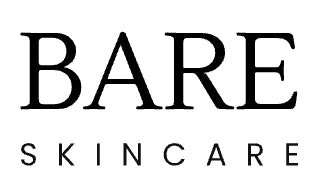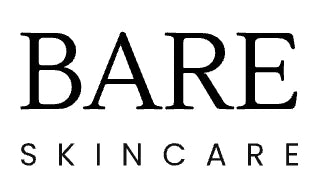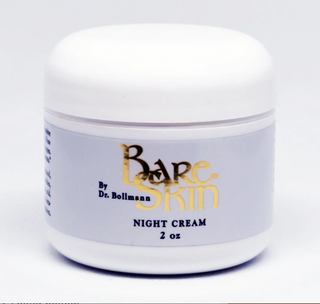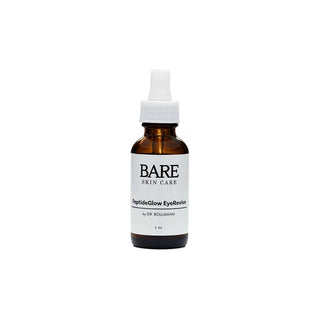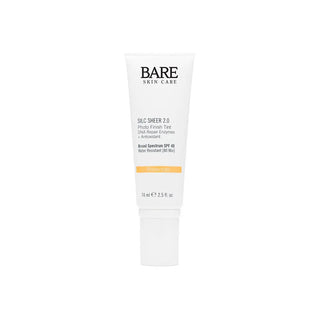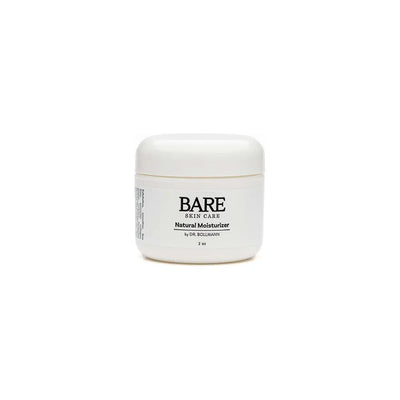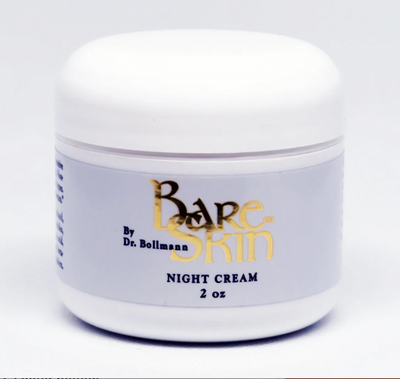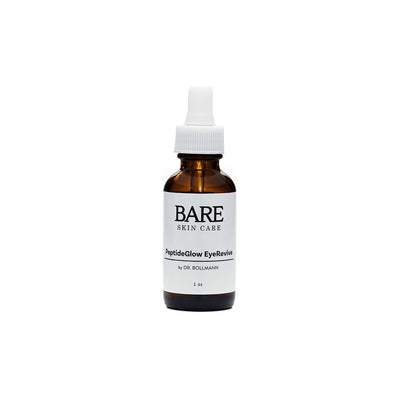Bare Skin Care - Bare Skin’s™ anti aging skin care products and treatments will counter the aging process and give your skin a rejuvenated look! If you have problems such as skin discoloration, dryness, age spots, or wrinkles, try our proven anti aging facial skin care system today!
Breast Tomosynthesis Video
Changing the practice of mammography
Early detection through screening mammography is one of the key reasons that death rates from breast cancer have been declining since the 1990s.
Today, a new technology, breast tomosynthesis, is poised to transform the practice of mammography by:
- Finding cancers missed by conventional mammography
- Significantly reducing recall rates2
- Potentially reducing breast biopsy rates
What is breast tomosynthesis?
Breast tomosynthesis is an advanced mammography application approved by the Food and Drug Administration (FDA) as a screening and diagnostic tool for the detection of breast cancer.
Breast tomosynthesis generates 3-dimensionsal images of the breast, allowing radiologists to examine fine details of breast tissue 1 mm at a time, free from the confusion of overlapping tissues.
Conventional mammography: A success story with limitations
Prompt annual mammography has shown the ability to significantly reduce the mortality rate from breast cancer. However, as good as the technology is, traditional 2D mammography has some shortcomings:
- As many as 20% of breast cancers will be missed by 2D mammography3
- Approximately 10% of women are recalled for additional workup
and a significant portion of these women are proven to have no
abnormality.
Mammography screening pyramid
- For every 1,000 women screened, 100 will be called back for additional tests
- For every 100 women who return for more tests, 20 will undergo a biopsy
- For every 20 biopsies performed, 4 breast cancers will be found
For every 1,000 women screened, 1 breast cancer will be missed and will continue to grow until detected on a subsequent screening exam.
What causes these limitations?
Many of the limitations of 2D mammography can be attributed to the effects of superimposed (overlapping) tissues.
When breast tissue is viewed in a single, flat image, different structures located at different heights within the breast can overlap.
As a result, small breast cancers may be hidden, resulting in a false-negative result, or normal structures can blend together to give the appearance of pathology, resulting in a false-positive reading.
The solution is tomosynthesis
Unlike prior-generation mammography systems which generate 2-dimensional images, breast tomosynthesis produces 3-dimensional images which reveal the inner architecture of the breast free from the superimposition of overlying structures.
A tomosynthesis scan virtually eliminates detection challenges associated with overlapping structures in the breast and reduces the occurrence of both false negatives and false positives.
Breast cancer screening with tomosynthesis finds cancers missed with conventional 2D mammography
Tomosynthesis gives radiologists the confidence to significantly reduce recall rates
Tomosynthesis may reduce biopsy rates. Facilities using
tomosynthesis have reported an overall decrease in the number of breast
biopsies performed, coupled with a higher rate of positive biopsies
Tomosynthesis is effective in both fatty and dense breasts;
however, the impact is greater in dense breasts, which typically
contain a confusing multitude of overlapping structures
According to the American Cancer Society, 5-year survival rates are
nearly 100% when breast cancers are detected early, before they have
spread to lymph nodes or other organs.
Finding cancers that would have been missed by 2D mammography
gives patients and their doctors a head start on life-saving
treatments.
Early detection opens up a wider range of treatment options,
such as breast-conserving surgery, which may be less traumatic to the
patient.
Tomosynthesis may reduce biopsy rates. Facilities using
tomosynthesis have reported an overall decrease in the number of breast
biopsies performed, coupled with a higher rate of positive biopsies
Tomosynthesis is effective in both fatty and dense breasts;
however, the impact is greater in dense breasts, which typically
contain a confusing multitude of overlapping structures
According to the American Cancer Society, 5-year survival rates are nearly 100% when breast cancers are detected early, before they have spread to lymph nodes or other organs.
Finding cancers that would have been missed by 2D mammography gives patients and their doctors a head start on life-saving treatments.
Early detection opens up a wider range of treatment options, such as breast-conserving surgery, which may be less traumatic to the patient.
Some key points to use in discussing this technology with patients include:
- A 3D mammogram is a safe and effective test that, when used in combination with a conventional 2D mammogram, can find some cancers that may have been missed with traditional mammography, reduce your chance of being asked to come back for additional tests, and may reduce the number of "unnecessary" breast biopsies performed
- Adding tomosynthesis to a screening exam does deliver a slightly higher dose of radiation, but it is below government safety standards and has been declared safe and effective by the FDA
- Tomosynthesis is effective in all patients and has shown particularly good results in patients with dense breasts
- Don’t delay your annual mammogram if you can’t find a facility that provides tomosynthesis, but you may want to let your regular mammography provider know you are interested in the new technology







